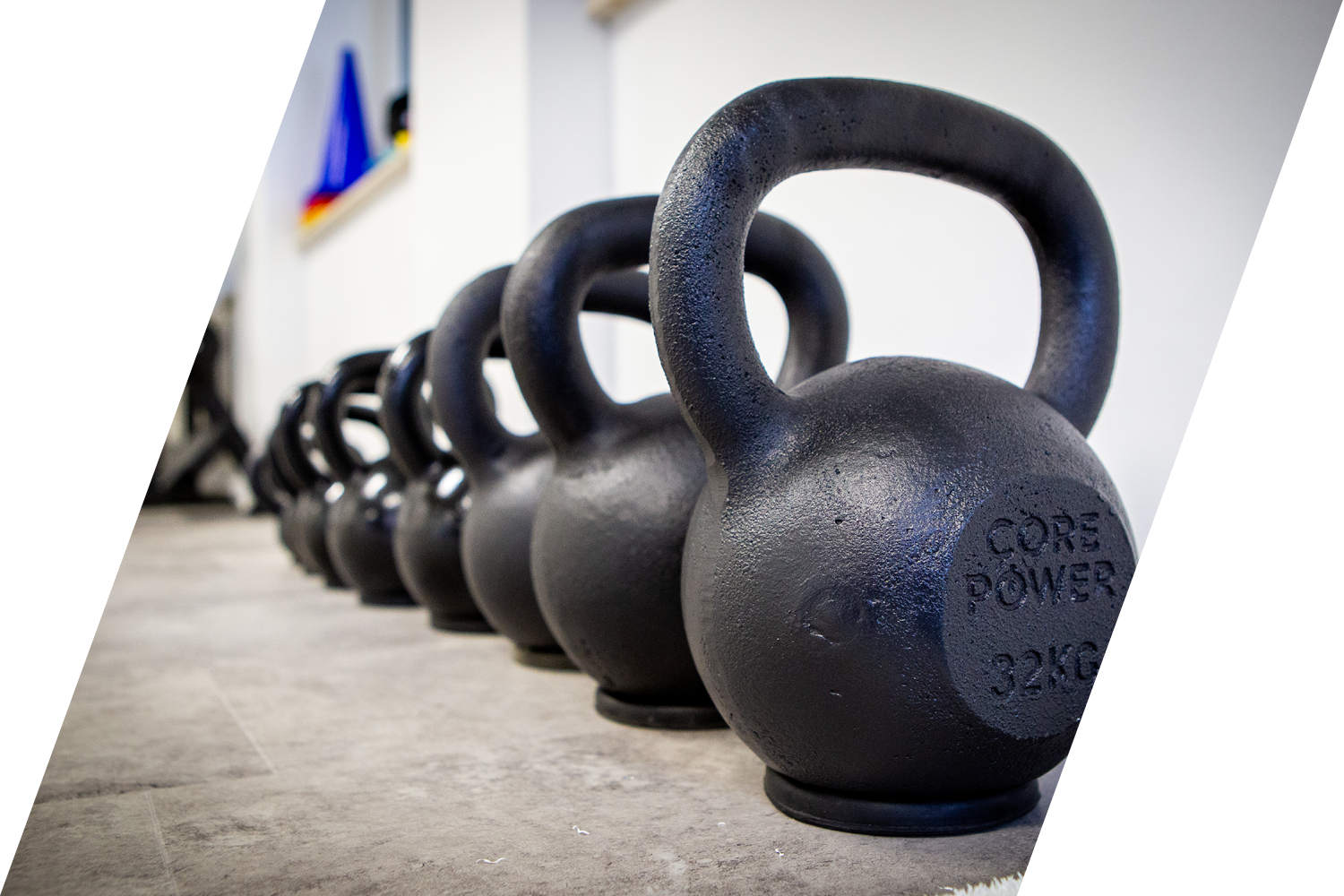PATELLOFEMORAL PAIN SYNDROME
Description
Patellofemoral pain syndrome (PFPS) is characterized by pain around or under the patella and is one of the most frequent causes of knee pain. It is often referred to as “runner’s knee”, together with iliotibial band syndrome.
(Walli et al., 2023)
-
It is the most prevalent running injury, accounting for 16,7% of all running injuries.
(Kakouris et al., 2021) -
The main risk factor is lower quadriceps strength.
(Neal et al., 2018)Also training errors play an important role in the developement of PFPS.
(Sisk et al. 2019) -
1. DECREASE PAIN
Modify the activities/running program to decrease the pain level.
Running volume ↓ (e.g. 20% less than current volume, decrease more if necessary)
Running intensity ↓↓ (reduce interval pace and/or interval volume)
Modify other activities that put stress on the patellofemoral joint
(Rathleff et al. 2024)
2. INCREASE STRENGTH
Increase the strength of the quadriceps.
Train proximal muscle groups (posterior chain + core)
Add strength exercises that load the knee joint
(and therefore the quadriceps) within comfort
Keep aerobic fitness high within comfort (e.g. cycling, crosstraining, swimming, aquajogging...)
(Peters et al., 2013)
(Hansen et al., 2023)3. INCREASE PLYOMETRICS
Increase the plyometrics capacity.
Start with non-reactive jumps
Continue with reactive jumps
Progress from long (>0,25s) to short (<0,25s) plyometrics
Progress to running-specific drills
(Rathleff et al. 2024)
(Turner et al. 2010)4. INCREASE RUNNING LOAD
Increase the running volume and intensity.
Start with building up volume
Continue with adding more intensity
As a novice runner, try not to build up more than 10-15% weekly (30% is associated with increased injury risk)
Use external (time, distance) and internal (RPE socre) loads to monitore training progression
Plan a deload week after every 3 weeks (use 60-70% of the mean load of the previous 3 weeks)
(Rathleff et al. 2024)
(Nielsen et al. 2014)
(Garcia et al. 2021)
REHABILITATION
If you have a doctor's prescription and require professional assistance with your injury, you are welcome to schedule an appointment with us.
Posts are not medical advice!
Stay tuned for our upcoming posts!


